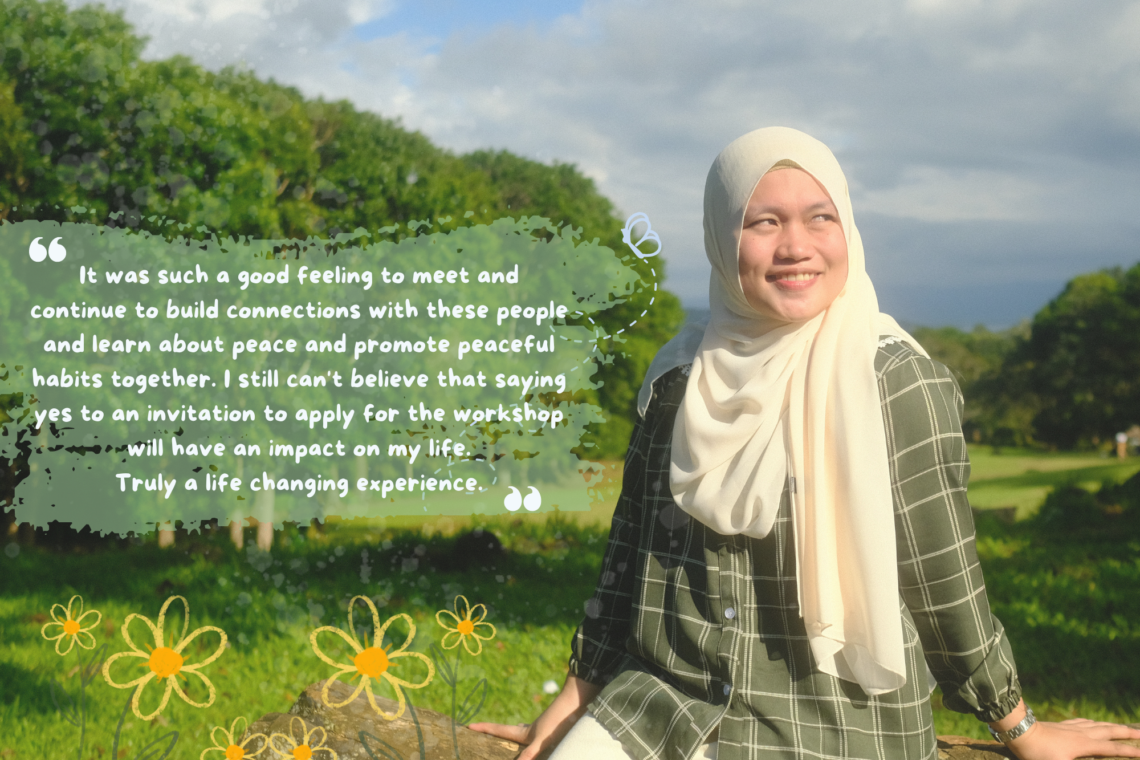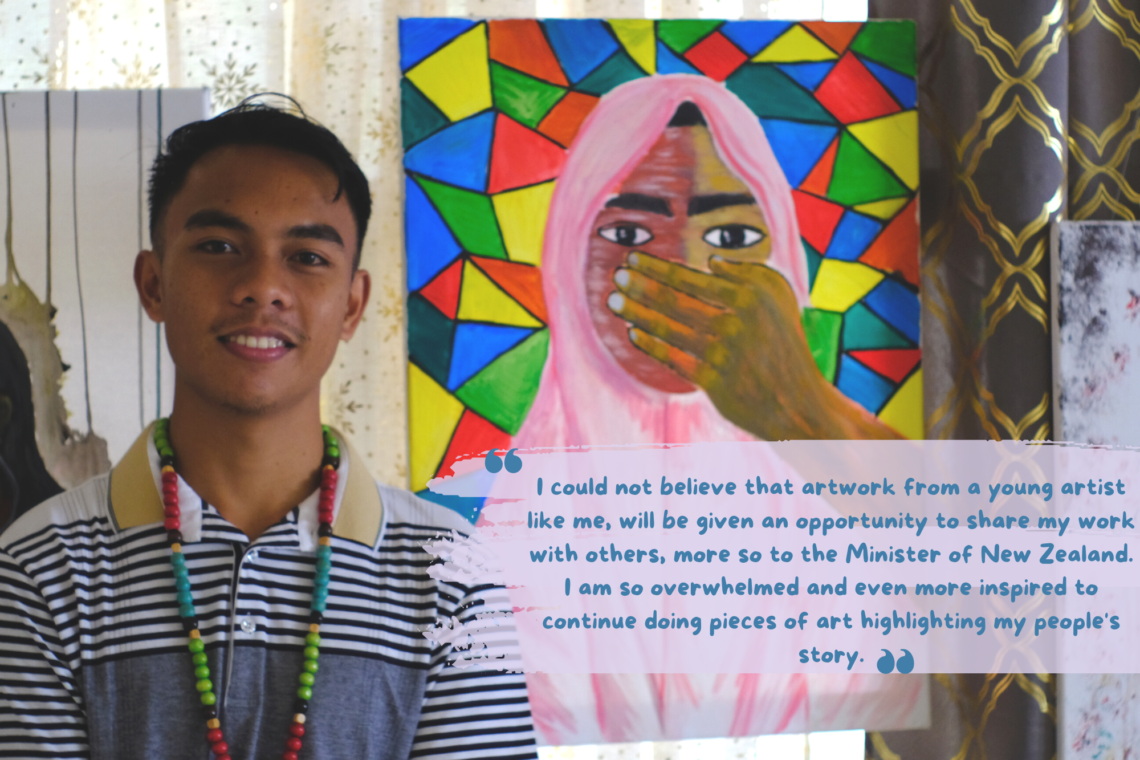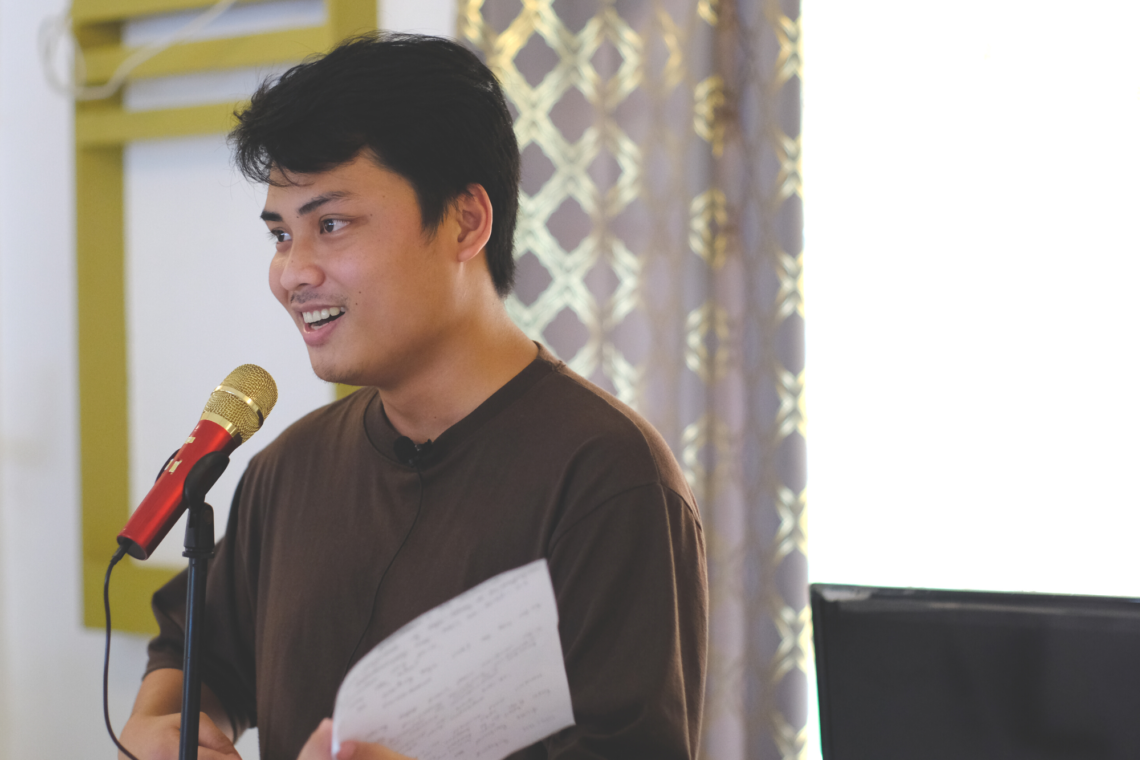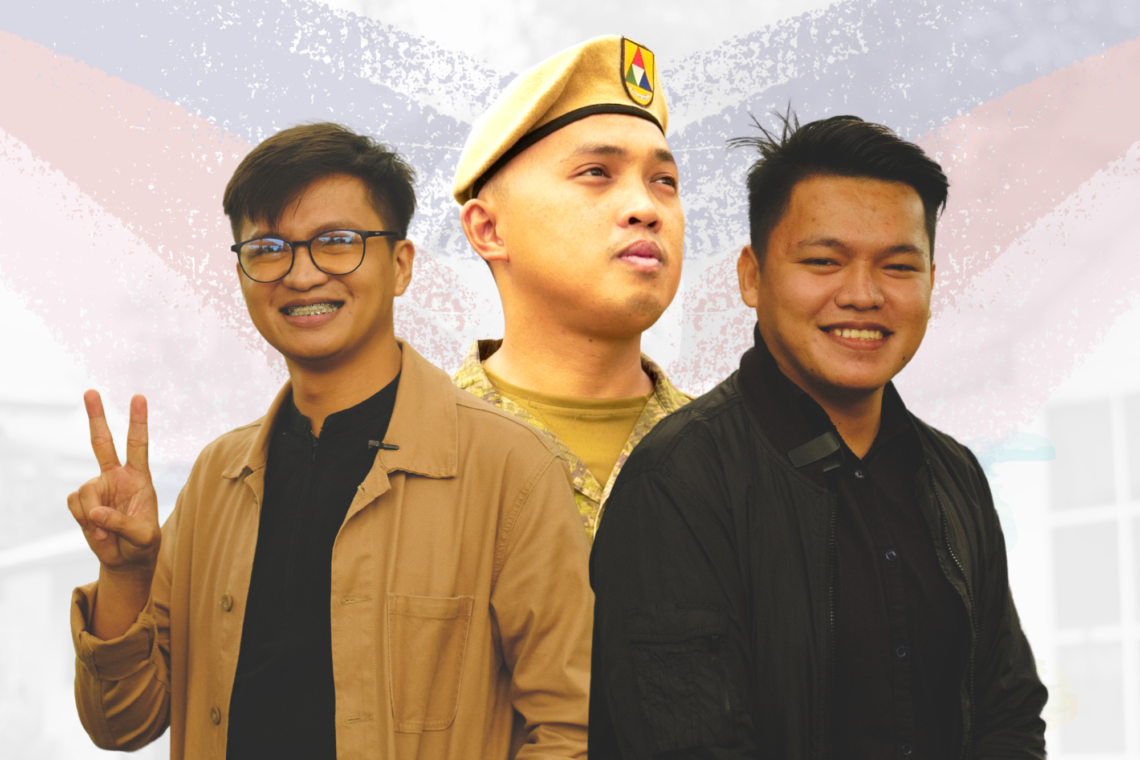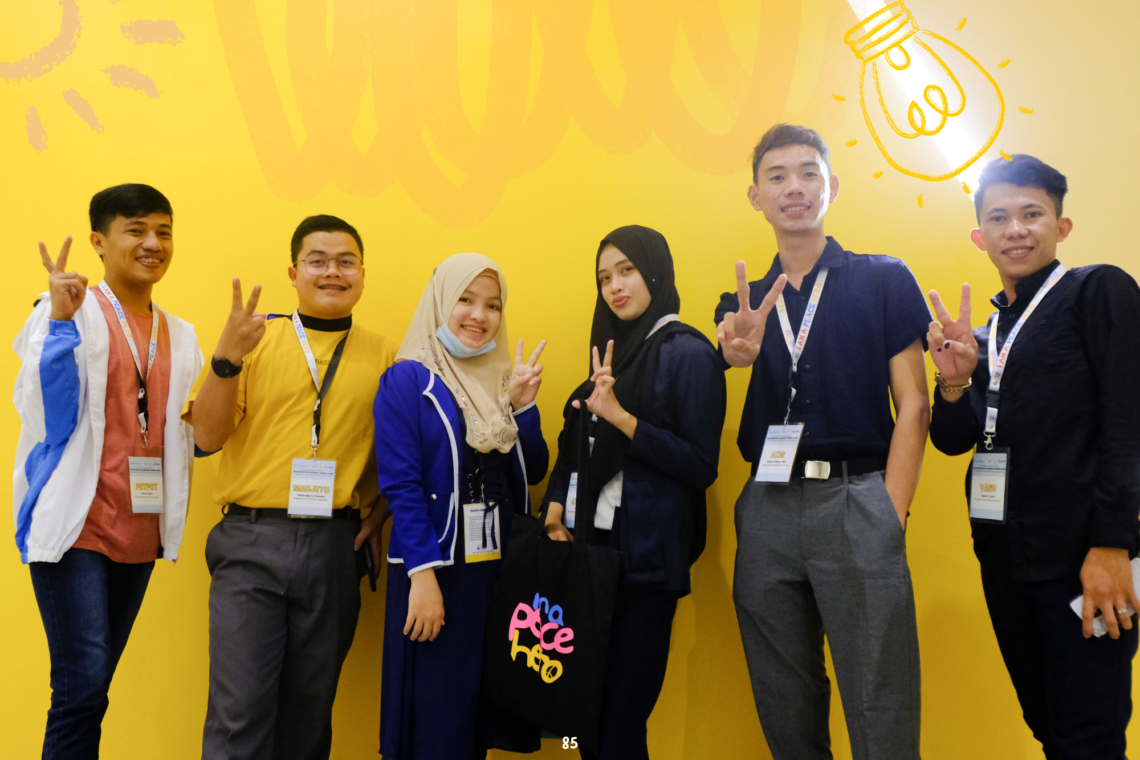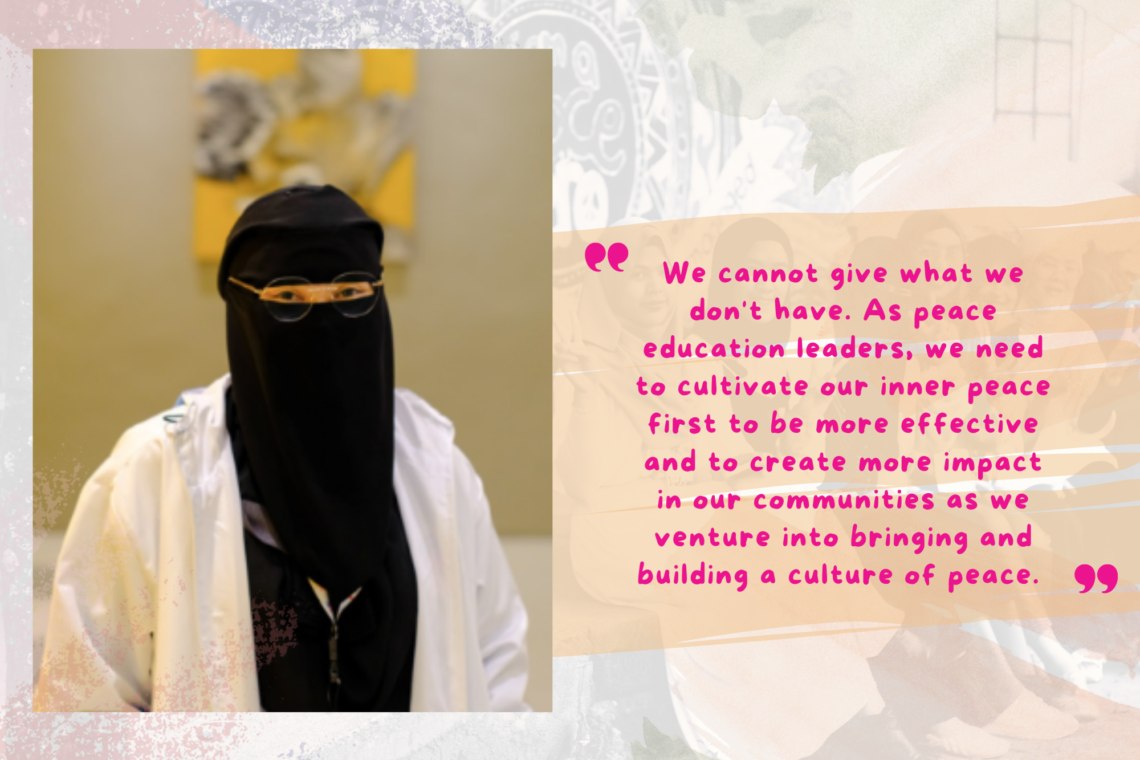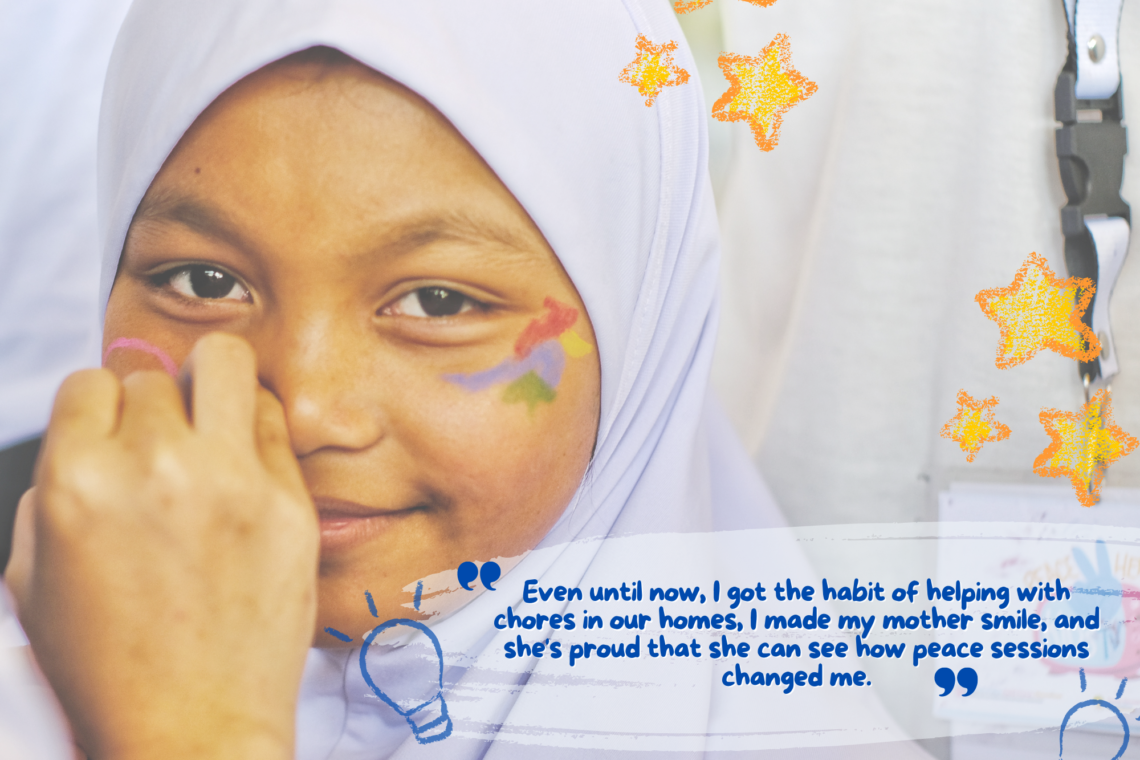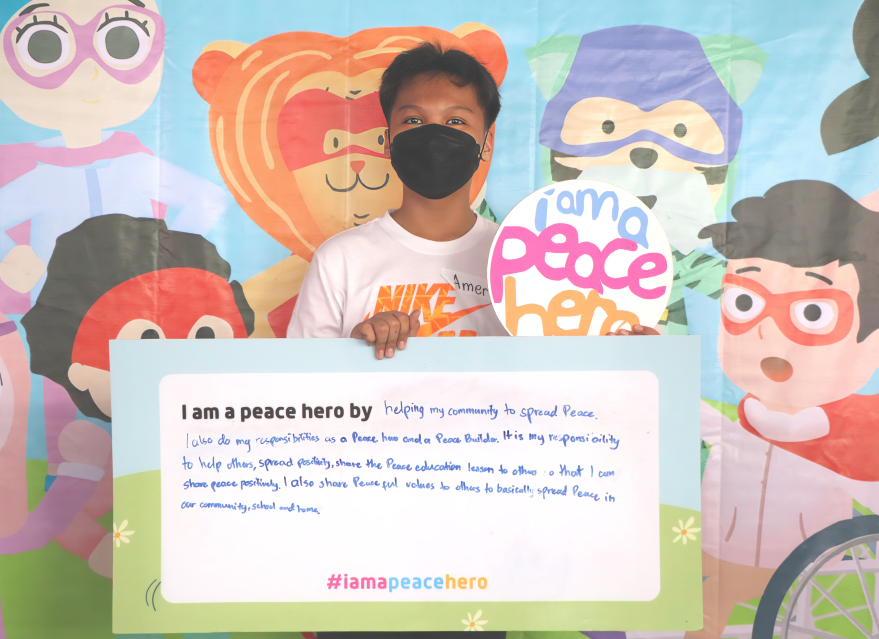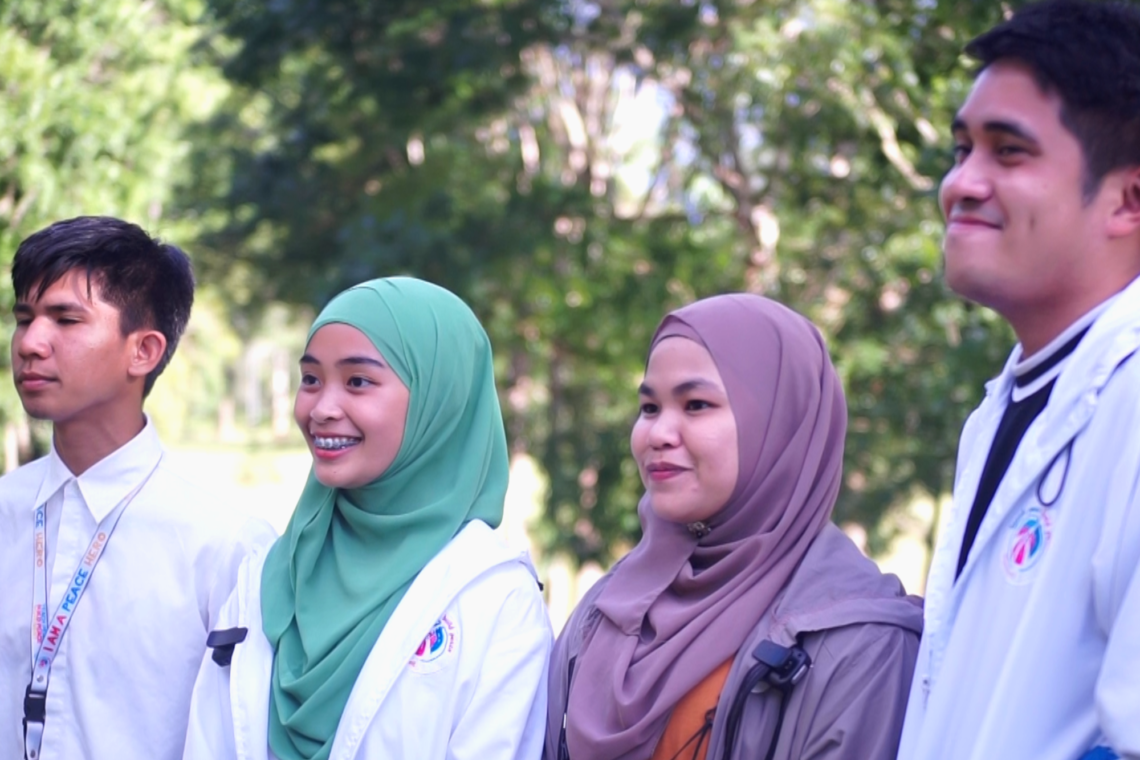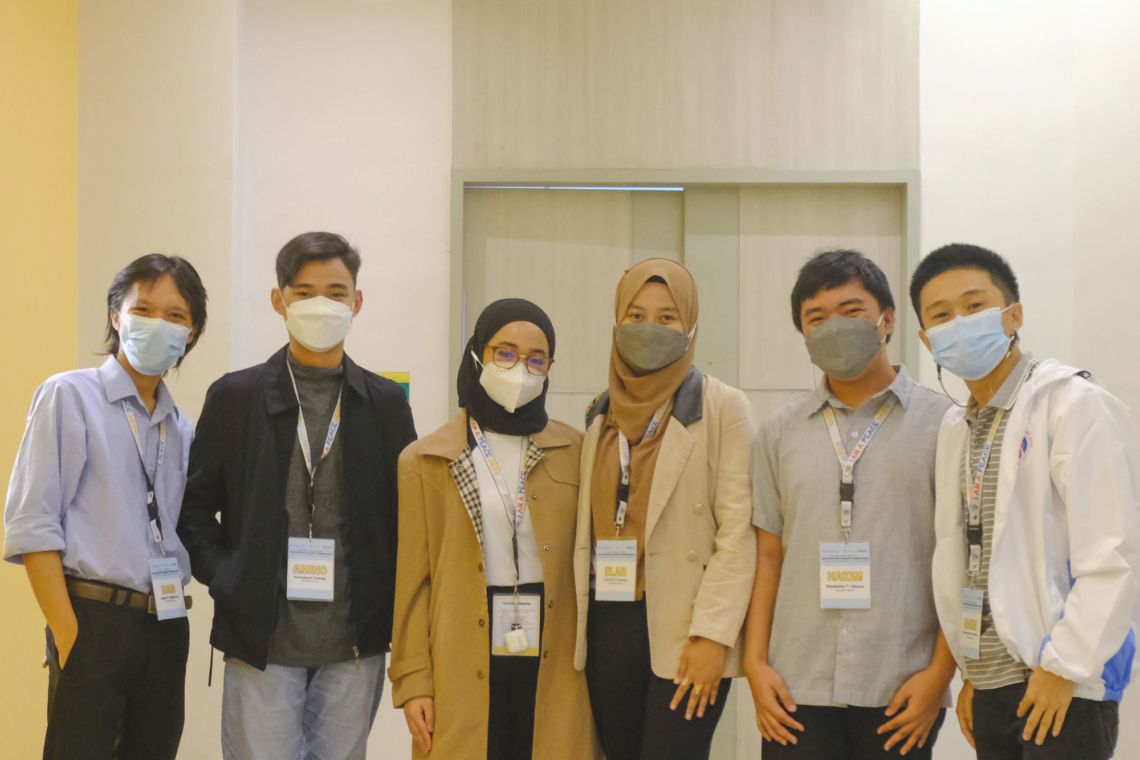Noraya or Aya, in short, is a 24-year-old law student from Iligan. Aya enjoys watching K-dramas and spending time with friends in her spare time just like everyone else. However, more recently, she has developed a new interest in spoken poetry. Another particular about Aya is that her family comes from Butig, Lanao del Sur, a municipality that has historically been the hotbed of violent armed groups. Butig is known for its long history of political unrest, violently disrupted elections, and increasing cases of Rido that have hampered the town’s socioeconomic growth. As far back as Aya can remember, uncertainty and a lack of opportunity forced her family to relocate to Iligan.
When Marawi Siege happened, she remember how she spent the day feeling helpless as a teenager that time. She and her family were in Iligan City, Lanao del Norte when the bombings started. She still recalls the suffering of the “bakwits,” or the Marawi residents who were forced to flee their homes. Iligan City became the main safe haven for the bakwits to evacuate. Although they were in a safe area at the time, she was still worried about how the conflict would develop and how long it would be before her fellow Maranaos could resume their normal lives. Aya wishes she had a way to express her inner frustrations and rage.
Aya is not the type of person who likes to join clubs or any group-related organizations. Although she is interested in learning more about herself, she has doubts about her artistic side as well. But her Ate Izzah, a volunteer in the Teach Peace Build Peace Movement encouraged her that there is no pre-requisite skill when you join the TPBPM – Artist for Peace Mentoring Program, which was held from June 27 to 30, 2022, with funding from the Global Community Engagement and Resilience Fund.
On her first day, her mother broke the heartbreaking news that she adored her father and had chosen to wed a second woman. She was baffled that her father did not give her the idea that he is considering a second wife. At that point, Aya had no idea where to begin, but she learned from Kuya Verlin, Founder of Titik Production and TPBPM’s mentor and advocate of art for peace about how to find inspiration, write in rhyme with natural intent, and keep her composure while reciting poetry. Ironically, the inspiration to write a piece came at a good time to get an inspiration to write a piece.
“I thought it would be difficult for me to look for an inspiration to write, not to justify na it was okay to me but in a way, something was meant to me to be inspired to write and appreciate the beauty of spoken word poetry.”
As a result of what happened while writing the piece, Aya learned to accept the things that were under her control. She expands on themes pertaining to the difficulties and potential conflict that her community, Butig will face in the future as she continues to write spoken word pieces. After the program, she gained a new group of friends as well and a sense of purpose with them. They discuss how such a persistent conflict can be addressed using art as a constant topic of discussion whenever they sit down to have coffee.
“It was such a good feeling to meet and continue to build connections with these people and learn about peace and promote peaceful habits together. I still can’t believe that saying yes to an invitation to apply for the workshop will have an impact on my life. Truly a life changing experience.“
The use of spoken word poetry to offer commentary on a range of socially significant issues is well known. Aya saw this as an opportunity to empower her writing so that it can challenge the community for change and help Lanao achieve peace, even though she is new to this field of the arts. One of the wonderful things about spoken word poetry is that it has a two-way benefit. She is also grateful to the Teach Peace Build Peace Movement for introducing her to spoken word poetry. Today, Aya is working to be involved with Artists for Peace and more youth organizations. She is more eager now to perform her piece and spread the importance of peace education in the future.
A workshop initiative hosted by John Hopkins University titled Letters for Peace (LFP) that arranges workshops at the intersection of creative writing and conflict transformation to promote healthy discourse in war-torn areas among youth in Armenia and Azerbaijan. They found out that conducting writing workshops encourage youth involvement in peacebuilding. Writing gives them a platform to express themselves while also fostering self-awareness and socioemotional skills. Because without a long-term strategic plan to guide how our young people should be facing their struggles and their own conflicts, they may resort to joining violent groups and experience mental health issues. Conflict-torn areas like Butig, where intimidation, political instability, and slow growth in development have been proven to be the driving forces behind violent extremism. Through writing workshops, young people like Aya can continue to develop and tackle issues of peace and conflict management in their writing. In her way how physical security is essential to fostering inner peace and mindfulness in young people. Aya kept honing her skills and discovered a new love for performing spoken poetry. And these abilities are a solid foundation for promoting peace education among young people and children. Aya believed that peace should begin within the self and that through writing, we can spread hope for the change we want to see in our communities.

